From a global perspective, the past decade or so has witnessed a huge swing of influence from developed countries toward the rapidly developing economic superpowers, such as China and India—and 2011 was no exception to this.
View the Top 100 Food
and Beverage Companies
of other years
“Global food and beverage companies are under a great deal of strain in 2012. Slowing economies and intense competition are encouraging the industry to innovate in areas like health and wellness and to seek out growth both domestically and internationally,” says Jon Wright, senior retail analyst at IGD, a research firm that focuses on the food industry. He says expansion into emerging markets offers medium- to long-term growth opportunities, but international consumer goods companies are also focused on maintaining and growing market share in more mature markets like North America and Europe. “Despite the tough conditions, developed markets are not going to being written out of consumer goods
Sustainability & collaboration
Focus on dairy
Click here to view the Top 100 Food and Beverage Companies! (PDF)
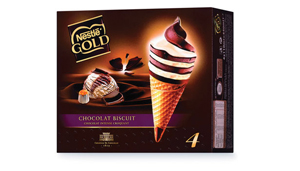
|
Nestlé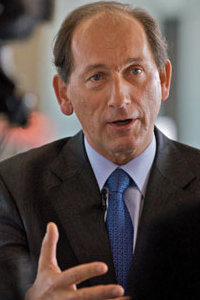 “What is different in today’s market is the speed and unpredictability of change, whether new challenges or new opportunities. We think of this as the New Reality,” says Paul Bulcke, Nestlé’s chief executive officer. “The New Reality is characterized by political upheavals, economic uncertainty, lackluster growth in developed markets, high levels of volatility in commodity, currency and stock markets … but also by dynamic growth in emerging markets, increasing affluence, step changes in technology and digital communication, new markets and new ways to reach consumers and, indeed, by increasing numbers of consumers.” Photo source: Nestlé. “What is different in today’s market is the speed and unpredictability of change, whether new challenges or new opportunities. We think of this as the New Reality,” says Paul Bulcke, Nestlé’s chief executive officer. “The New Reality is characterized by political upheavals, economic uncertainty, lackluster growth in developed markets, high levels of volatility in commodity, currency and stock markets … but also by dynamic growth in emerging markets, increasing affluence, step changes in technology and digital communication, new markets and new ways to reach consumers and, indeed, by increasing numbers of consumers.” Photo source: Nestlé. |
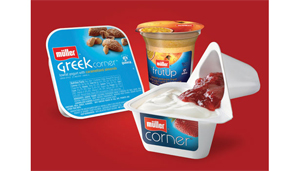
|
PepsiCo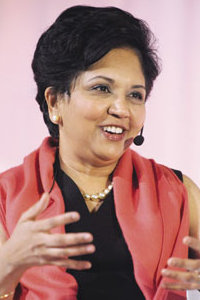 “In 2011, despite a still-difficult macroeconomic environment, we delivered solid results,” says PepsiCo Chairman and CEO Indra K. Nooyi, who highlights that despite challenging conditions, three PepsiCo brands—Diet Mountain Dew, Brisk and Starbucks ready-to-drink beverages—each grew to more than $1 billion in annual retail sales in 2011. “Snacks, beverages and nutritional categories all have attractive growth, margins and returns, and are projected to grow revenue globally at 5 percent or higher.” Demonstrating that even in the developed world, opportunities still exist, PepsiCo continued its commitment to dairy products with the recent US joint venture with Theo Müller. The two companies are investing $206 million in a new yogurt manufacturing facility in New York state. “In 2011, despite a still-difficult macroeconomic environment, we delivered solid results,” says PepsiCo Chairman and CEO Indra K. Nooyi, who highlights that despite challenging conditions, three PepsiCo brands—Diet Mountain Dew, Brisk and Starbucks ready-to-drink beverages—each grew to more than $1 billion in annual retail sales in 2011. “Snacks, beverages and nutritional categories all have attractive growth, margins and returns, and are projected to grow revenue globally at 5 percent or higher.” Demonstrating that even in the developed world, opportunities still exist, PepsiCo continued its commitment to dairy products with the recent US joint venture with Theo Müller. The two companies are investing $206 million in a new yogurt manufacturing facility in New York state. |
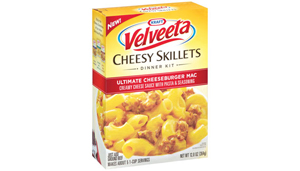
|
Kraft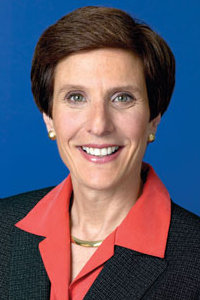 “2011 was another challenging year—economic turmoil, political upheaval, natural disasters,” says Kraft Chairman and CEO Irene Rosenfeld. “The world as we knew it has surely changed. But despite the challenges, Kraft Foods not only survived but thrived. We have built two strong, but distinct, portfolios. Our strategic actions have put us in a position to create two great companies, and the next phase of our development recognizes the distinct priorities within our portfolio. The global snacks business has tremendous opportunities for growth as consumer demand for snacks increases around the world. The North American grocery business has a remarkable set of iconic brands, industry-leading margins and the clear ability to generate significant cash flow.” “2011 was another challenging year—economic turmoil, political upheaval, natural disasters,” says Kraft Chairman and CEO Irene Rosenfeld. “The world as we knew it has surely changed. But despite the challenges, Kraft Foods not only survived but thrived. We have built two strong, but distinct, portfolios. Our strategic actions have put us in a position to create two great companies, and the next phase of our development recognizes the distinct priorities within our portfolio. The global snacks business has tremendous opportunities for growth as consumer demand for snacks increases around the world. The North American grocery business has a remarkable set of iconic brands, industry-leading margins and the clear ability to generate significant cash flow.” |
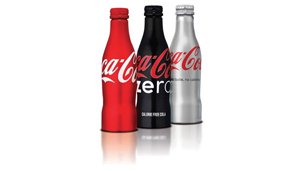
|
Coca-Cola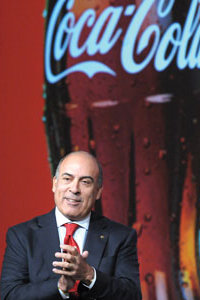 The Coca-Cola Company celebrated its 125th anniversary last year and enjoyed continued growth across its portfolio. The company is looking to emerging regions to underpin its growth. It plans to invest an additional $3 billion in India through 2020 to capture growth opportunities in the country’s fast-growing, non-alcoholic, ready-to-drink (NARTD) beverage market. “Achieving continued sustainable, responsible growth in India is core to achieving our 2020 vision of doubling system revenues in this decade,” says Muhtar Kent, chairman and CEO of The Coca-Cola Company. “Our ongoing investment in India is focused on delivering innovation, partnerships and a portfolio that enhances the consumer experience, ensures product affordability and builds brand loyalty to deliver long-term growth.” The Coca-Cola Company celebrated its 125th anniversary last year and enjoyed continued growth across its portfolio. The company is looking to emerging regions to underpin its growth. It plans to invest an additional $3 billion in India through 2020 to capture growth opportunities in the country’s fast-growing, non-alcoholic, ready-to-drink (NARTD) beverage market. “Achieving continued sustainable, responsible growth in India is core to achieving our 2020 vision of doubling system revenues in this decade,” says Muhtar Kent, chairman and CEO of The Coca-Cola Company. “Our ongoing investment in India is focused on delivering innovation, partnerships and a portfolio that enhances the consumer experience, ensures product affordability and builds brand loyalty to deliver long-term growth.” |
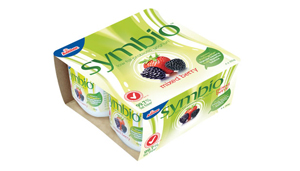
|
Fonterra “Strong economic and population growth in emerging markets is driving a situation where global demand for milk is forecast to grow by more than 100 billion liters by 2020, with New Zealand expected to contribute only five billion liters of additional supply by that date,” says Fonterra Chief Executive Theo Spierings. “In addition, nutritional needs, particularly among the young and the elderly, are getting more urgent and specific, which is where we have the capability to add significant value.” To build its capacity to fulfill demand, Fonterra is investing rapidly in production in emerging markets. “We can achieve the same result through partnerships and supply agreements, which is how we run our integrated businesses in Australia and Latin America,” says Spierings. “Strong economic and population growth in emerging markets is driving a situation where global demand for milk is forecast to grow by more than 100 billion liters by 2020, with New Zealand expected to contribute only five billion liters of additional supply by that date,” says Fonterra Chief Executive Theo Spierings. “In addition, nutritional needs, particularly among the young and the elderly, are getting more urgent and specific, which is where we have the capability to add significant value.” To build its capacity to fulfill demand, Fonterra is investing rapidly in production in emerging markets. “We can achieve the same result through partnerships and supply agreements, which is how we run our integrated businesses in Australia and Latin America,” says Spierings. |



